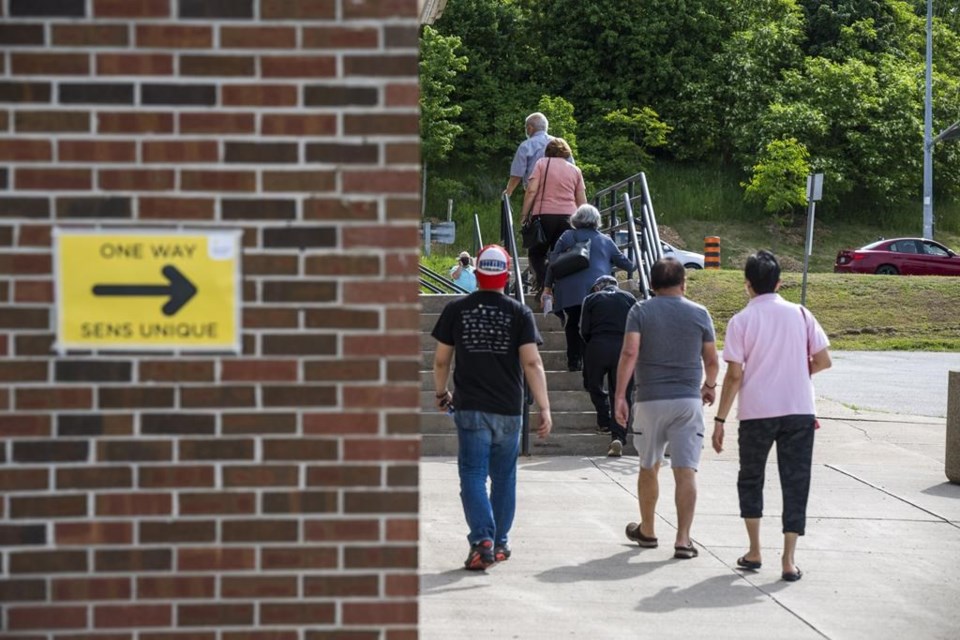The majority of eligible voters in Ontario did not cast a ballot in Thursday's election, leading to the worst turnout in the province's history as the Progressive Conservatives secured a second majority government.
Unofficial results from Elections Ontario showed about 43per cent of Ontarians 18 years and older placed a vote, down from 57 per cent from four years ago.
Although official tabulation has not been completed, the agency confirmed Friday that turnout was the lowest on record.
The previous turnout low was 48 per cent in 2011, when Dalton McGuinty's Liberal Party won a minority government.
A few factors about this particular campaign likely contributed to the low turnout, including a perceived lack of a competitive race, said Cameron Anderson, an associate political science professor at Western University.
"It was sort of a clear conservative lead all the way through," he said. "And the closer we got, the more that held, the less there was a sense of, 'this is a competitive election, this is something that I need to get out and vote to have my voice heard.'"
The race also lacked a "galvanizing issue" that parties disagreed upon, he said.
"The major issues were largely affordability, those kinds of things, and all the parties agreed on that," Anderson said. "They just had some different ways of thinking about how they should respond to that."
Low voter turnout typically helps right-wing parties, Anderson said.
"Parties on the left, (their voters) might be younger voters, they might be lower income voters, and both of those are strongly correlated with turnout rates," said Anderson.
"Whereas party support for the Conservatives might be people who are older, slightly higher incomes, and those correlate with higher levels of (voter) turnout."
Younger voters may have priorities in their life that they deem more pressing than politics, also contributing to low turnout Anderson added.
"The nature of their interests or concerns may differ from what many of the parties are talking about on a more regular basis," he said. "The economy and jobs ... those things may be less salient for younger voters compared to older voters."
Doug Ford's Tory majority on Thursday night led to the resignations of both Andrea Horwath as leader of the New Democrats and Steven Del Duca as leader of the Liberals.
The drop in voter turnout between 2018 and this year's election is the second largest in Ontario's history.
The biggest drop was seen after 86 per cent of eligible voters cast ballots in 1919 and 58 per cent then voted in 1923.
This report by The Canadian Press was first published June 3, 2022.
Jessica Smith, The Canadian Press

